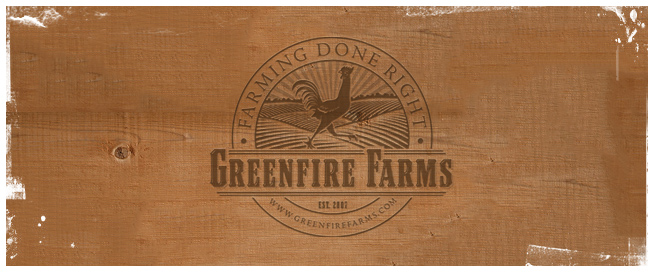This ancient Dutch breed is sure to impress with its striking color pattern and beard. Be sure to add some of these unique birds to your flock as we expect to sell out fast.
| Item | 1+ | Quantity |
|---|---|---|
| Lemon Owlbeard Day-Old Chick Unsexed | 69.00 | |
| Lemon Owlbeard Eggs | 15.00 | Sold Out |
| Gold Owlbeard Day-Old Chick Unsexed | 69.00 |
Greenfire Farms has imported for the first time into the United States a beautiful, ultra-rare chicken breed from Holland, the Dutch Owlbeard. This breed may be the oldest Dutch breed and is frequently depicted in paintings from as early as the 1500s. The Owlbeard is believed to be the foundational breed for a number of popular chicken breeds including Polish chickens.
The Owlbeard exists in a number of striking color patterns. We have the lemon and black variety as well as the gold and black variety. We expect to have very limited availability for both colors. We have found this breed is very flighty as chicks and extremely active. They are typically the first chicks to jump out of the brooder. As they age they seem to mellow out and tend to be fairly tame but they stay busy throughout the day pecking and scratching for food. Their eggs are white and usually large in size, and they seem immune to cold temperatures.
Hatching Eggs - When hatching eggs from this breed, check the chicks that hatch for the presence of feathered legs. If any chicks have any feathers on the legs or between the toes, they should be culled as they should not be used in a breeding flock. You will also want to pay close attention to the beak as scissor beak has been observed in this breed, not very common but it has been observed.
The merits of every bird should be assessed as they reach adulthood.
The Owlbeard exists in a number of striking color patterns. We have the lemon and black variety as well as the gold and black variety. We expect to have very limited availability for both colors. We have found this breed is very flighty as chicks and extremely active. They are typically the first chicks to jump out of the brooder. As they age they seem to mellow out and tend to be fairly tame but they stay busy throughout the day pecking and scratching for food. Their eggs are white and usually large in size, and they seem immune to cold temperatures.
Hatching Eggs - When hatching eggs from this breed, check the chicks that hatch for the presence of feathered legs. If any chicks have any feathers on the legs or between the toes, they should be culled as they should not be used in a breeding flock. You will also want to pay close attention to the beak as scissor beak has been observed in this breed, not very common but it has been observed.
The merits of every bird should be assessed as they reach adulthood.
| Egg Color | white |
| Egg Size | Jumbo |
| Average number of eggs per year | 150 - 200 |
| Gamefowl | no |
| Country of Origin | Netherlands |
| Also called | Uilebaard |
| Cold tolerant | yes |
| Year of import(s) | 2018 |
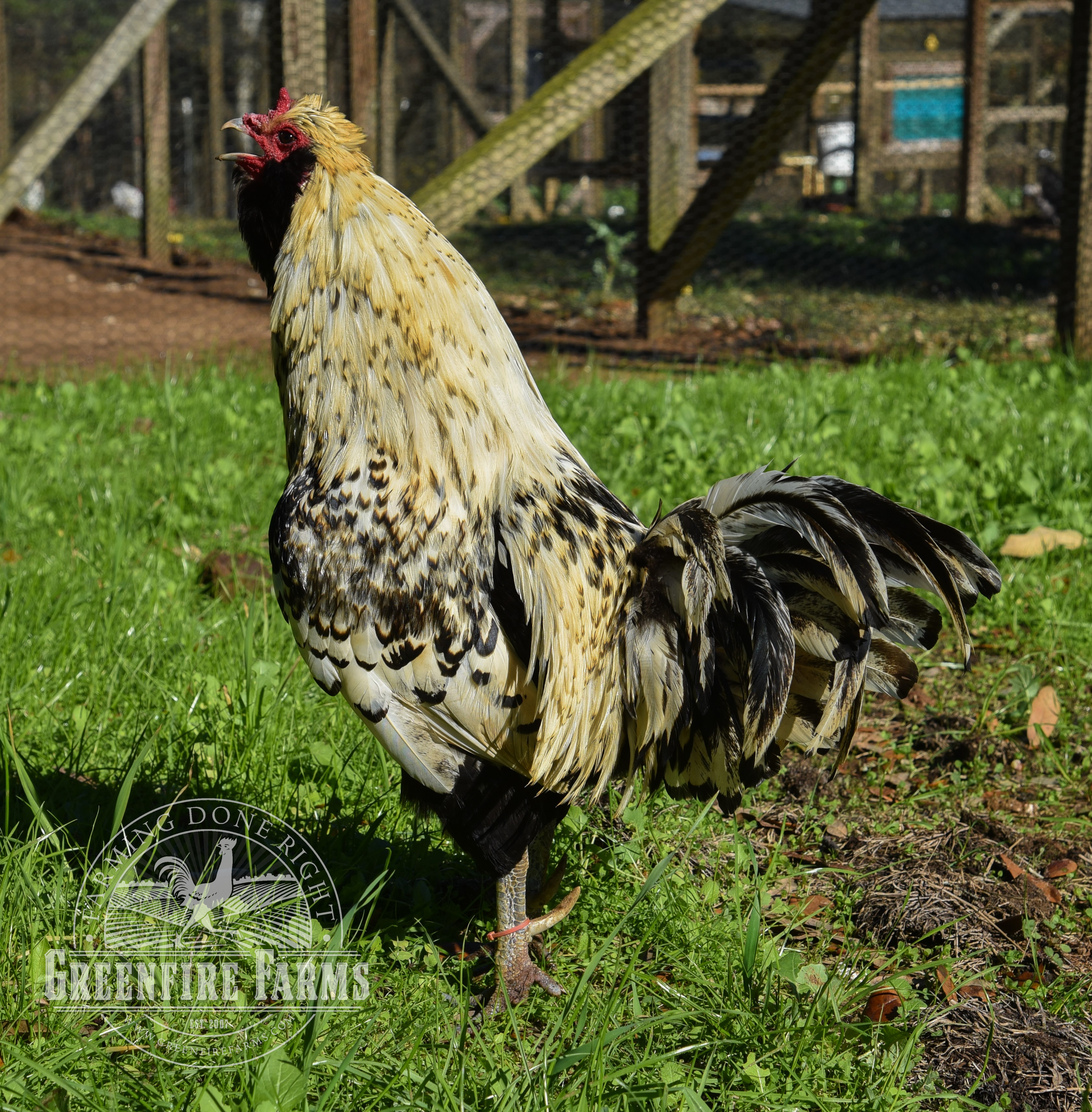
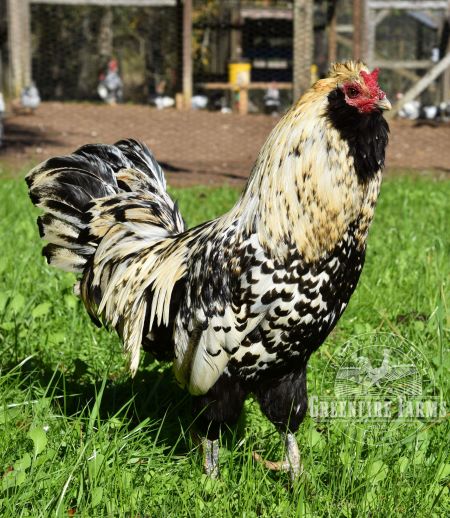
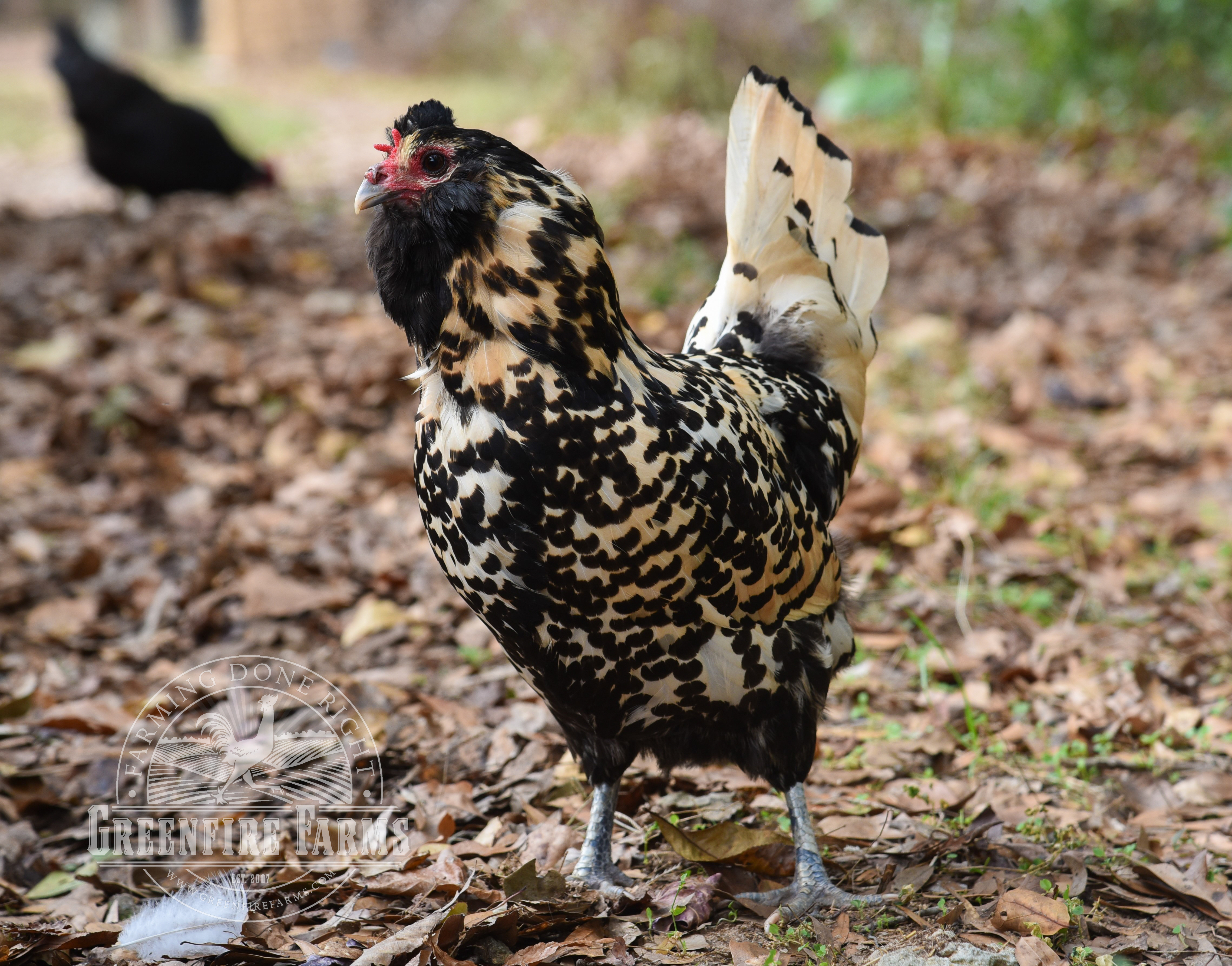
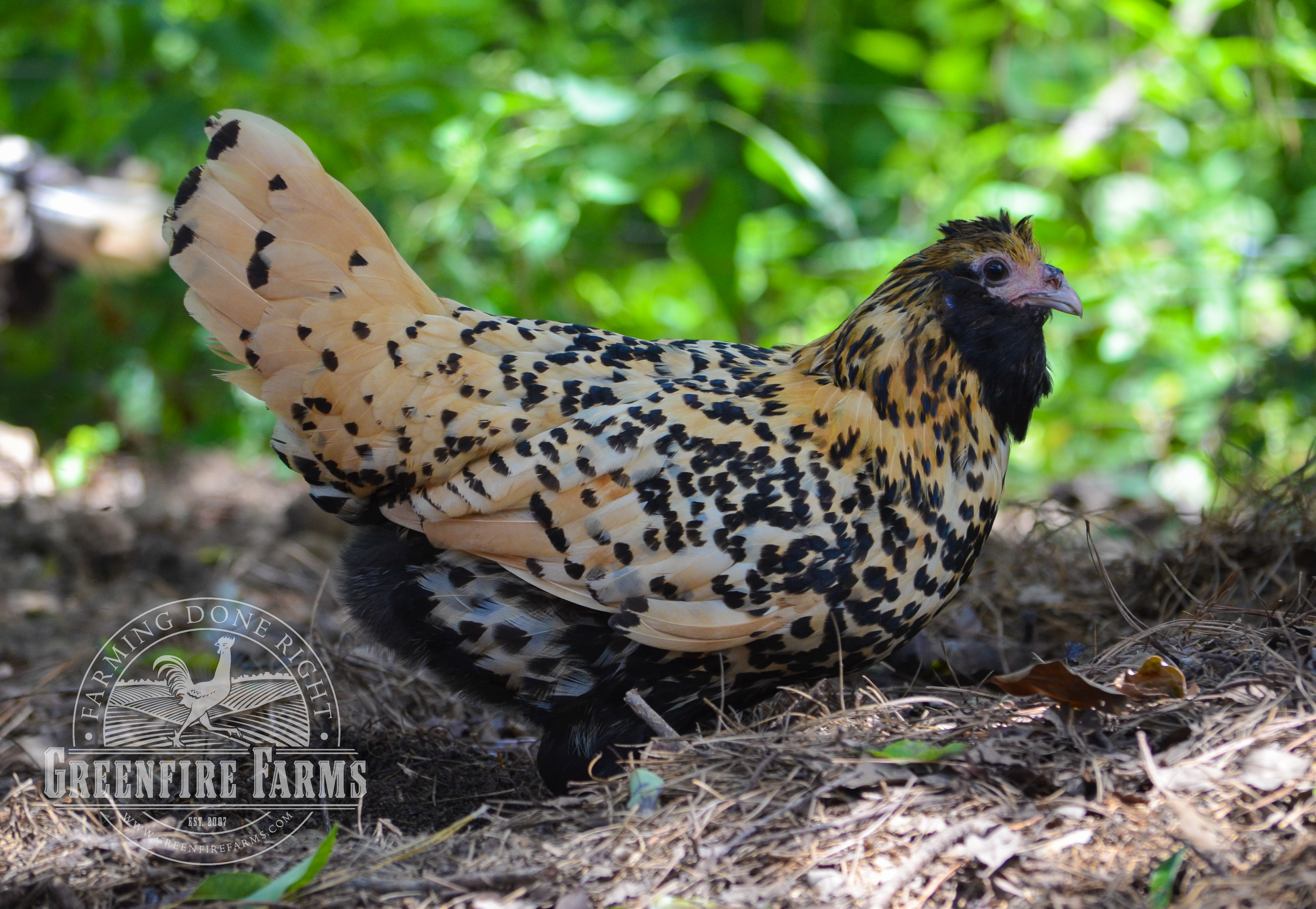
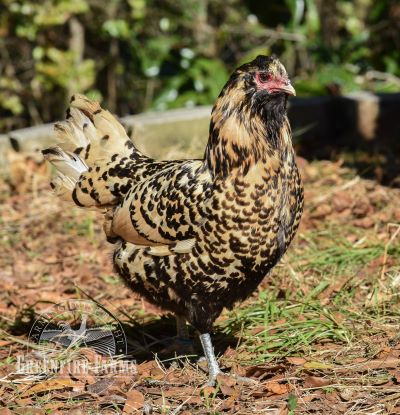
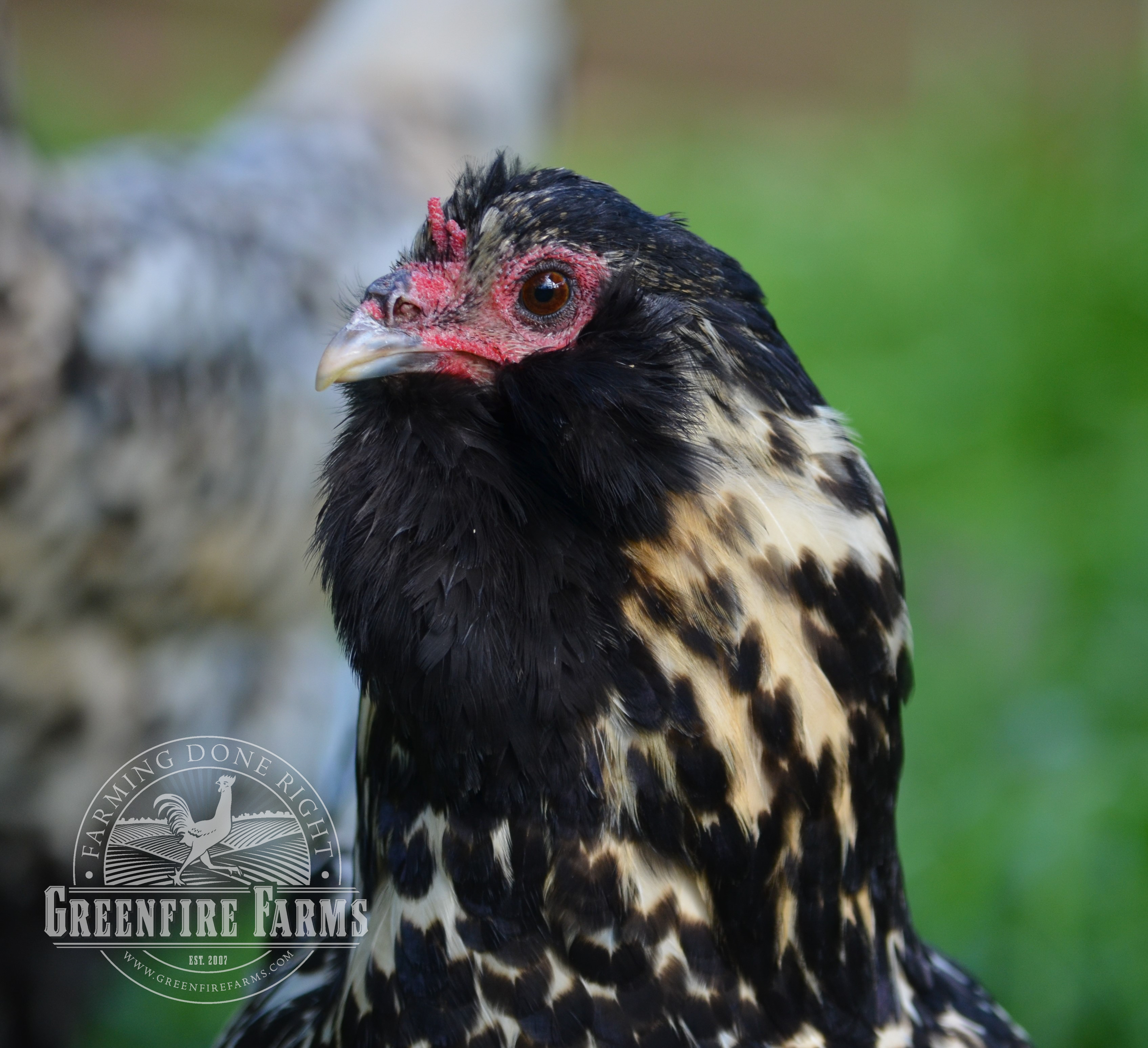
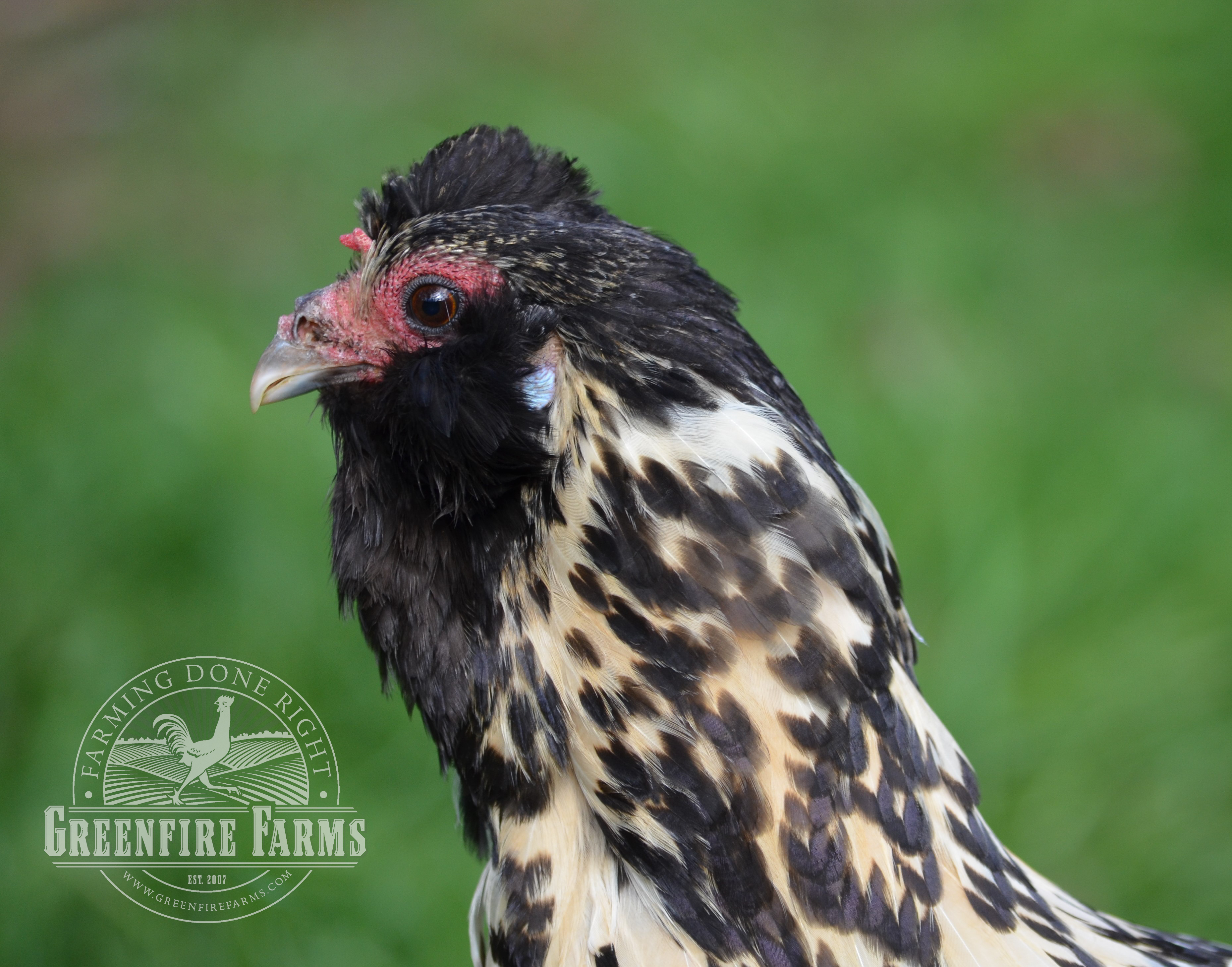
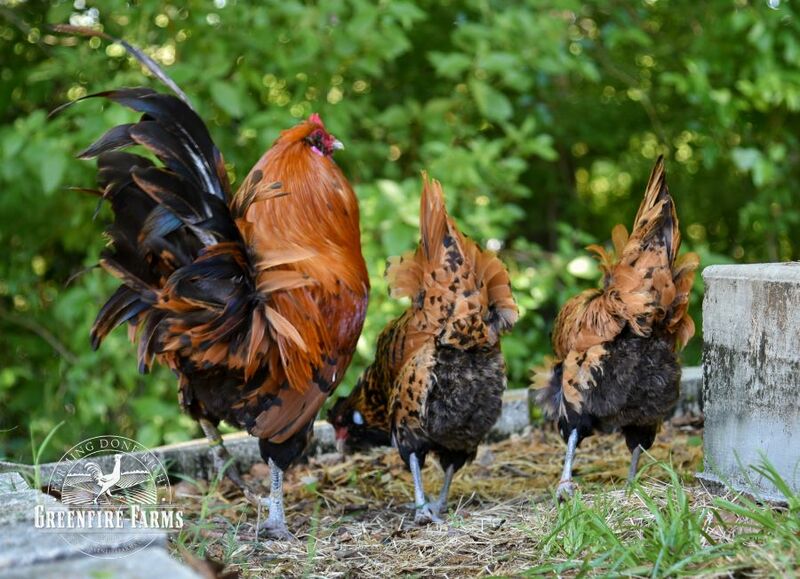

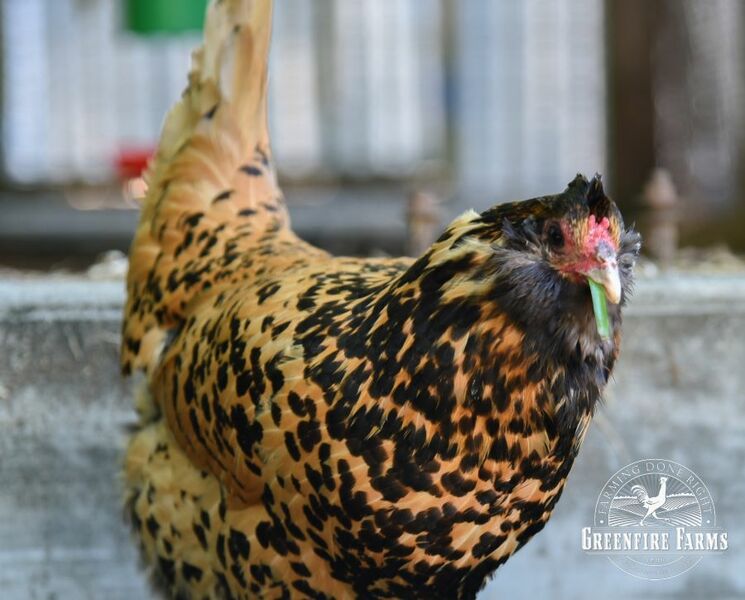
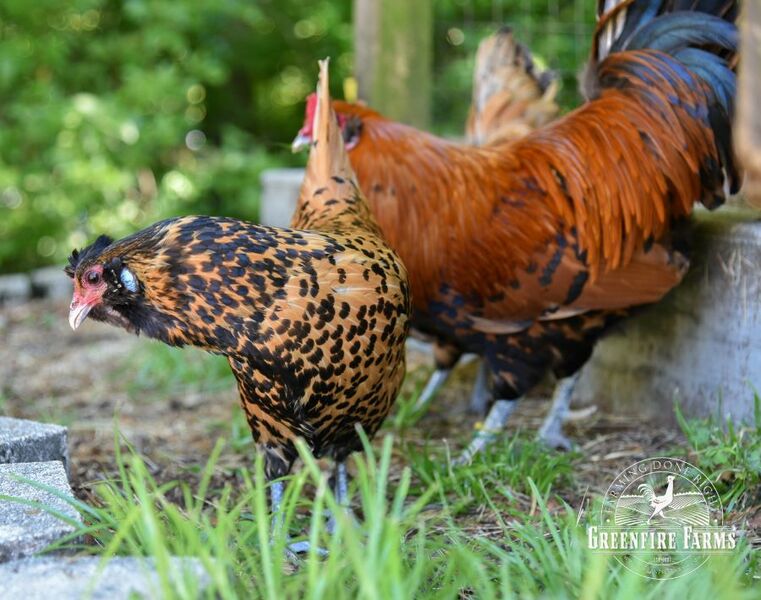
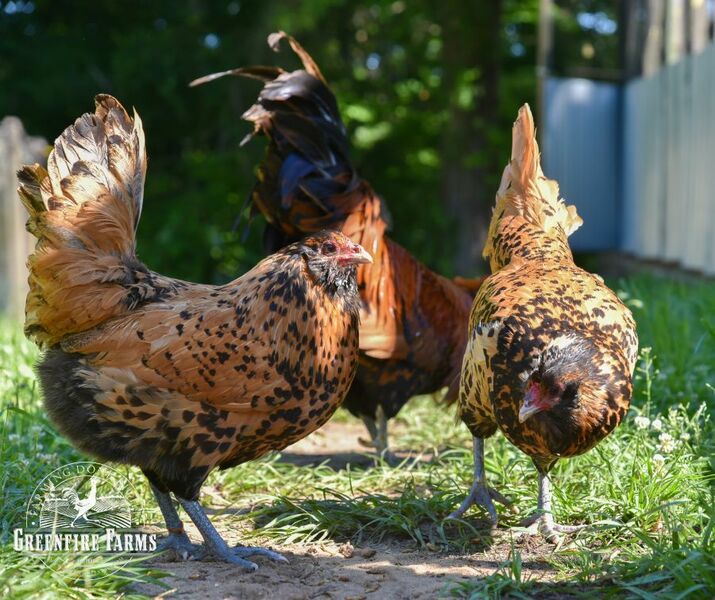
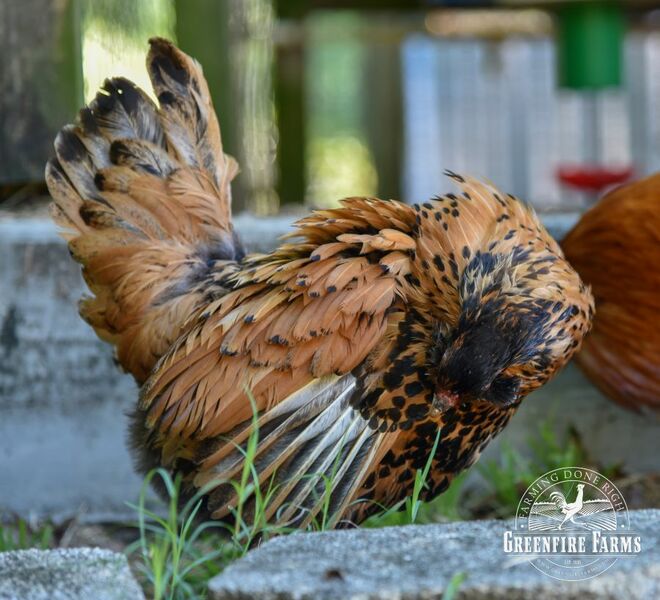
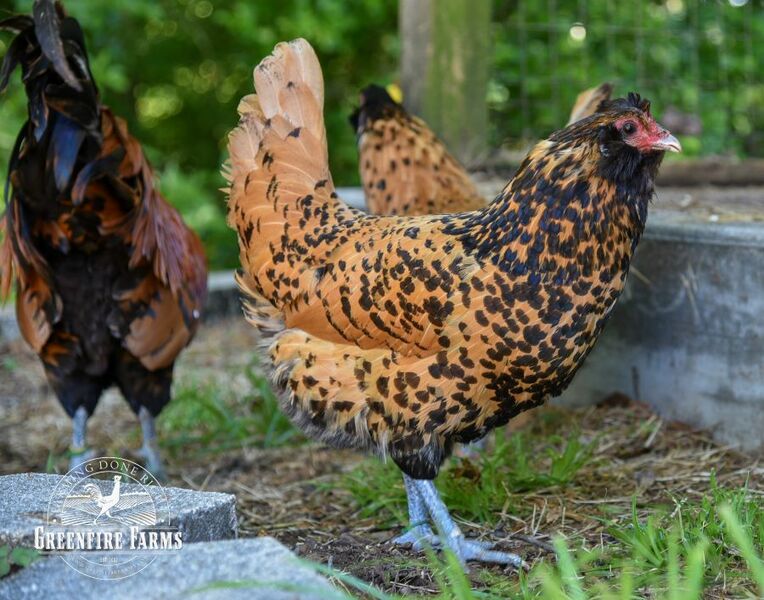

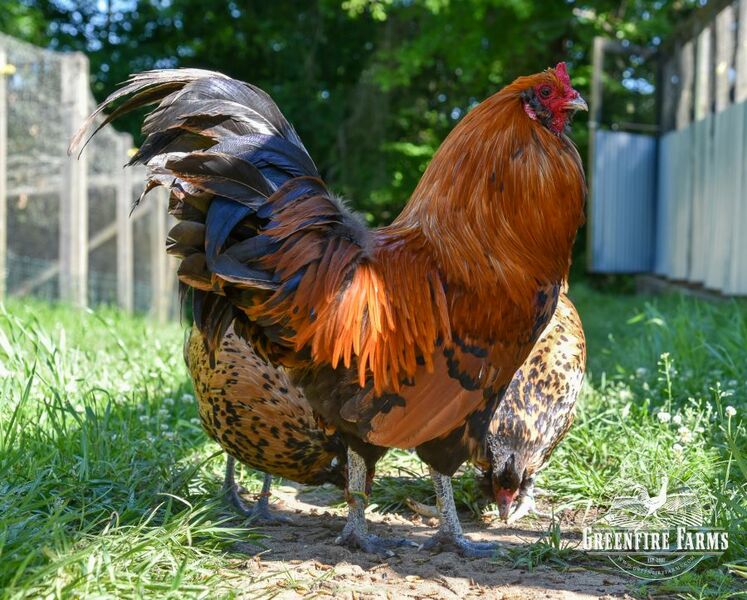
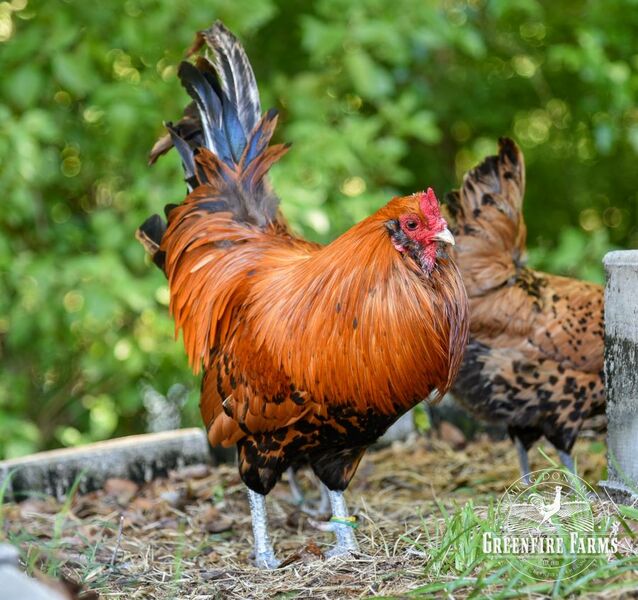
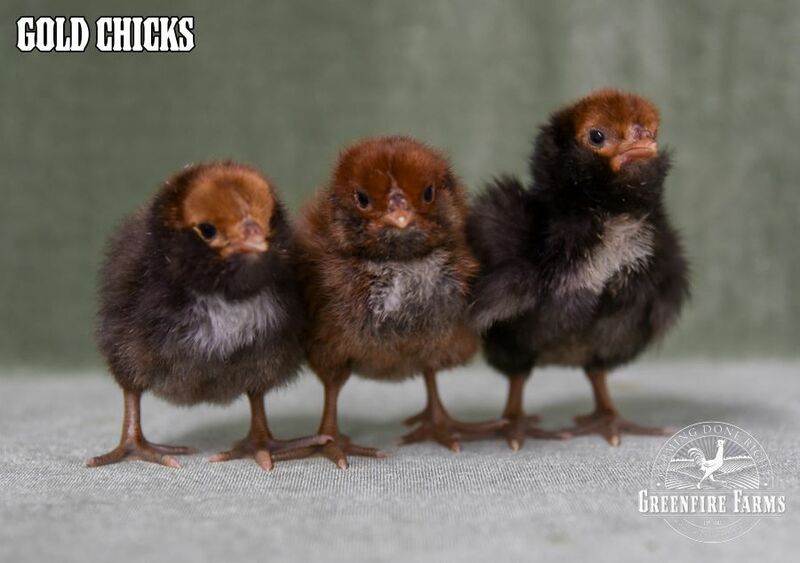
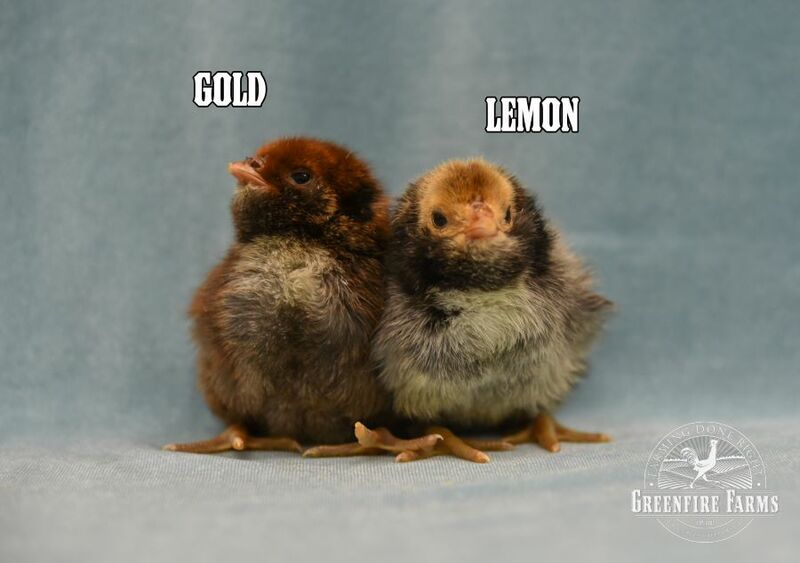
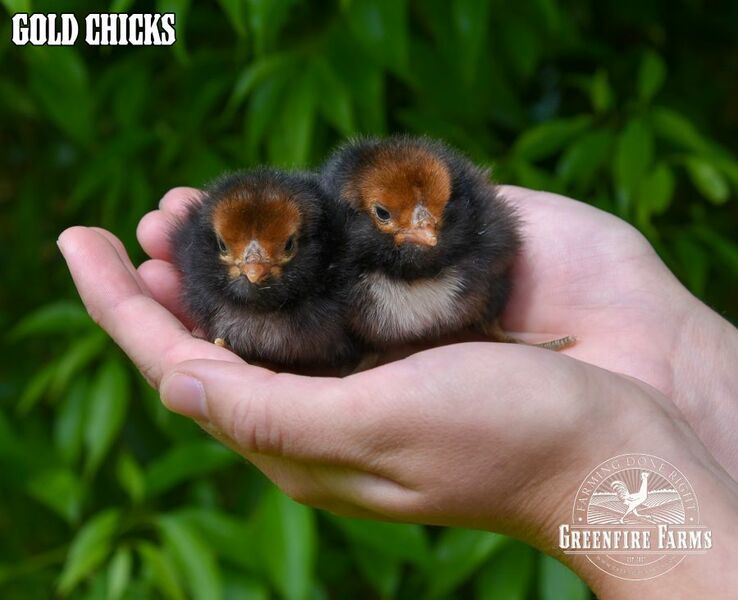
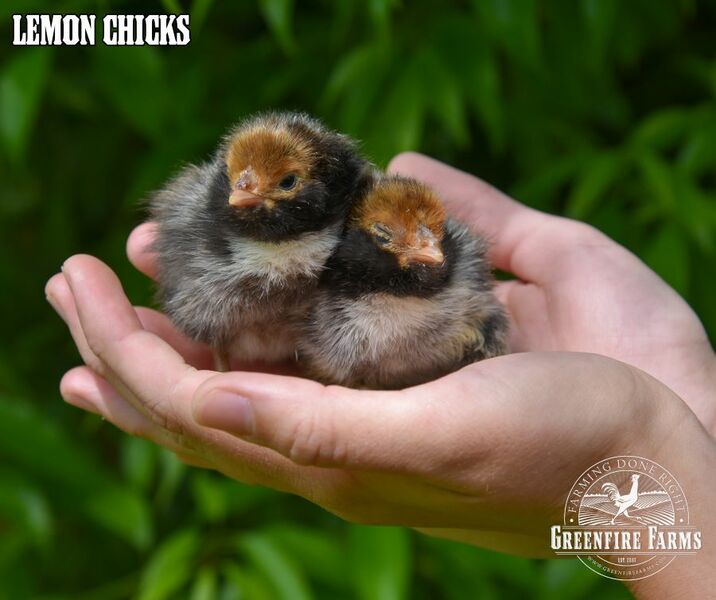
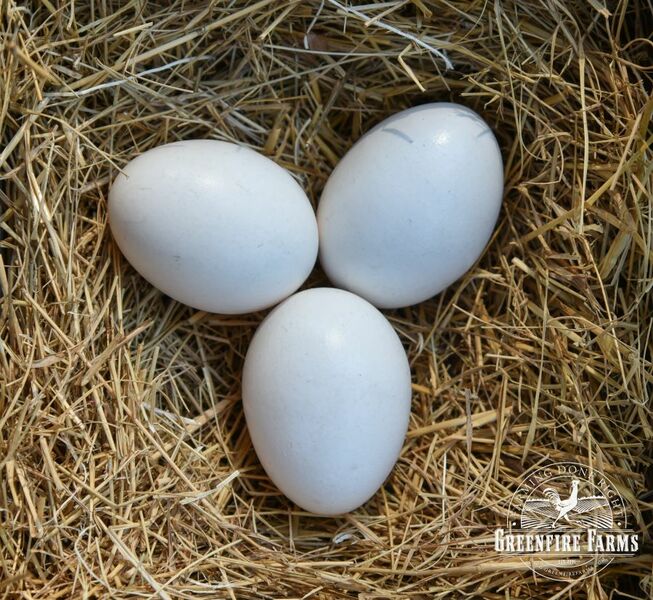


 Cart:
Cart: 

